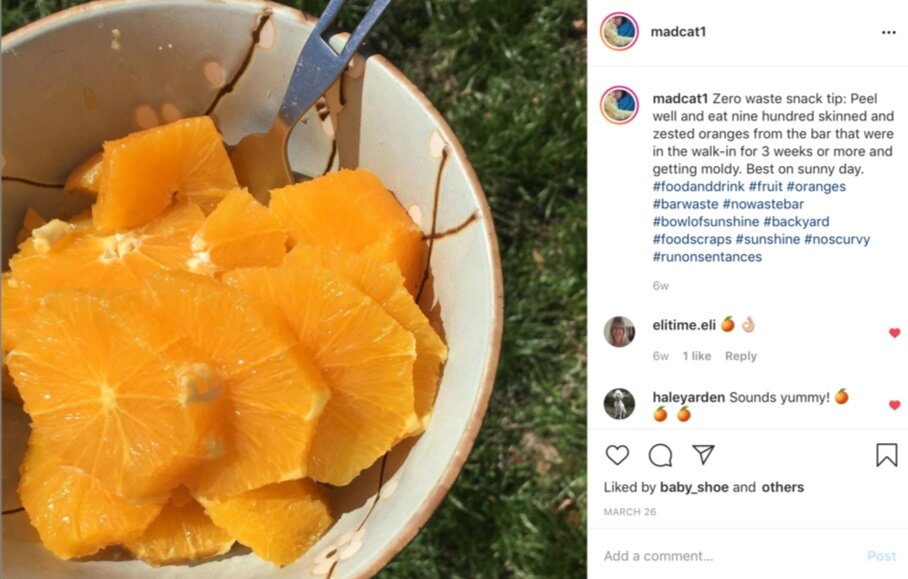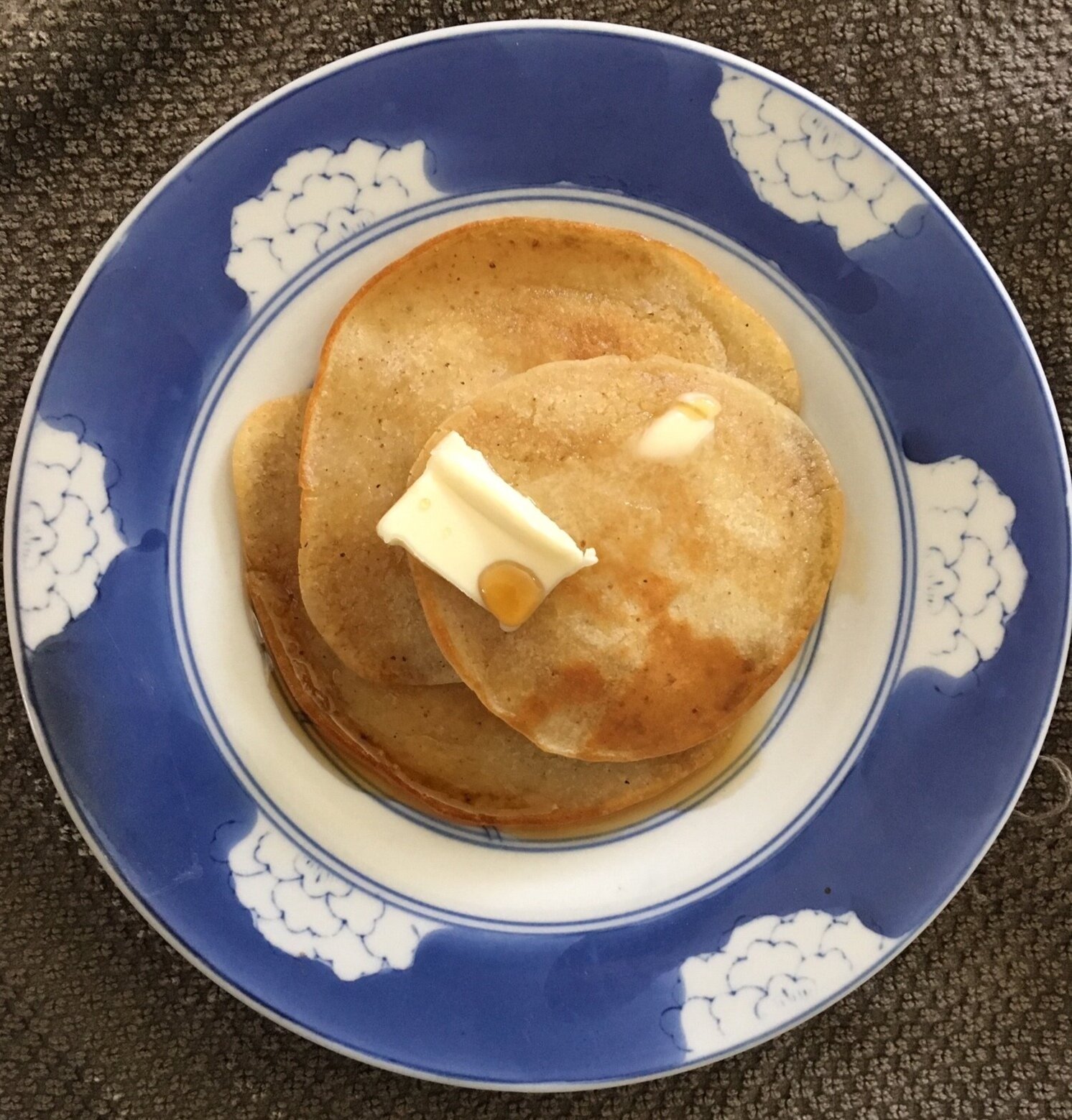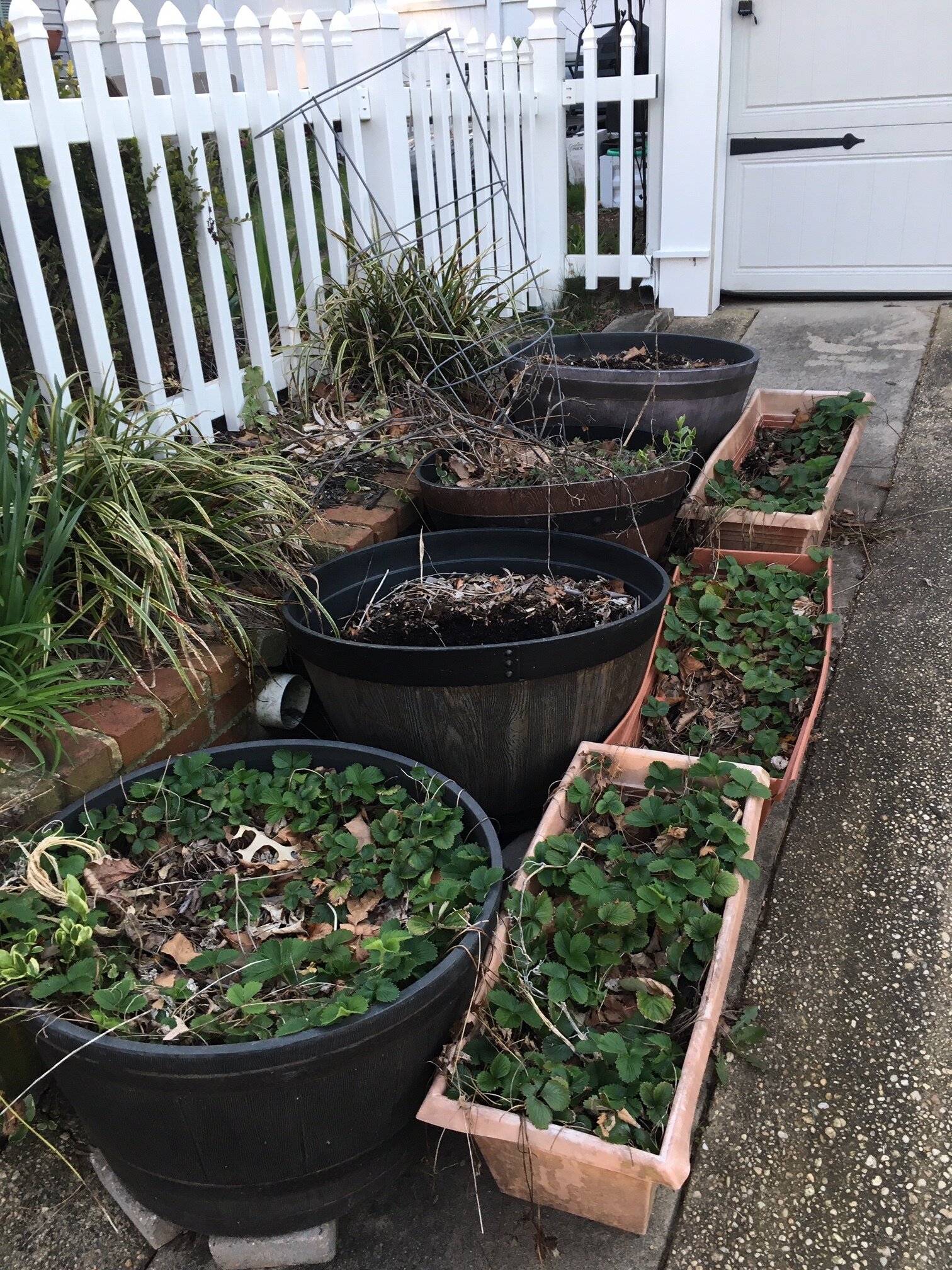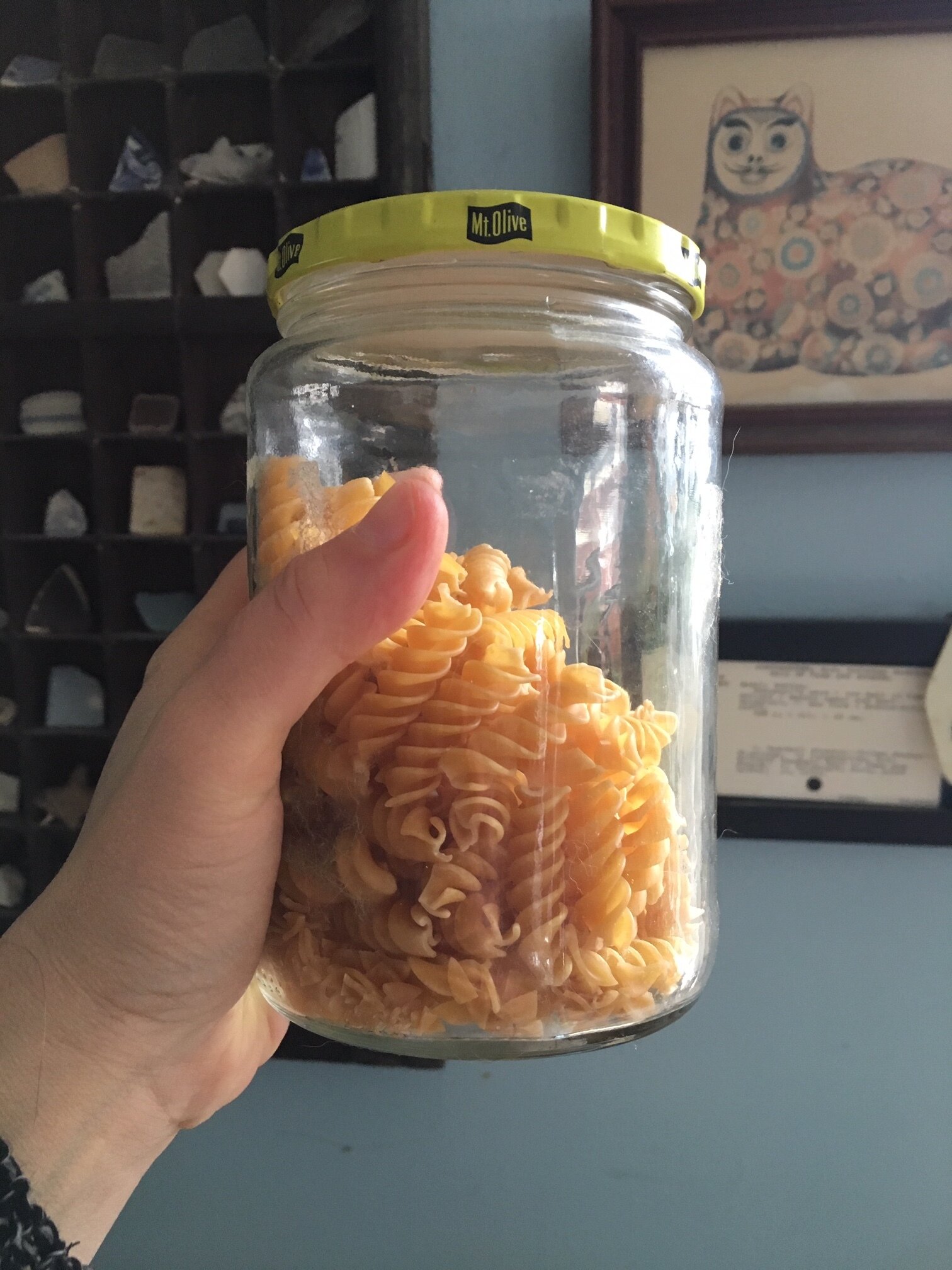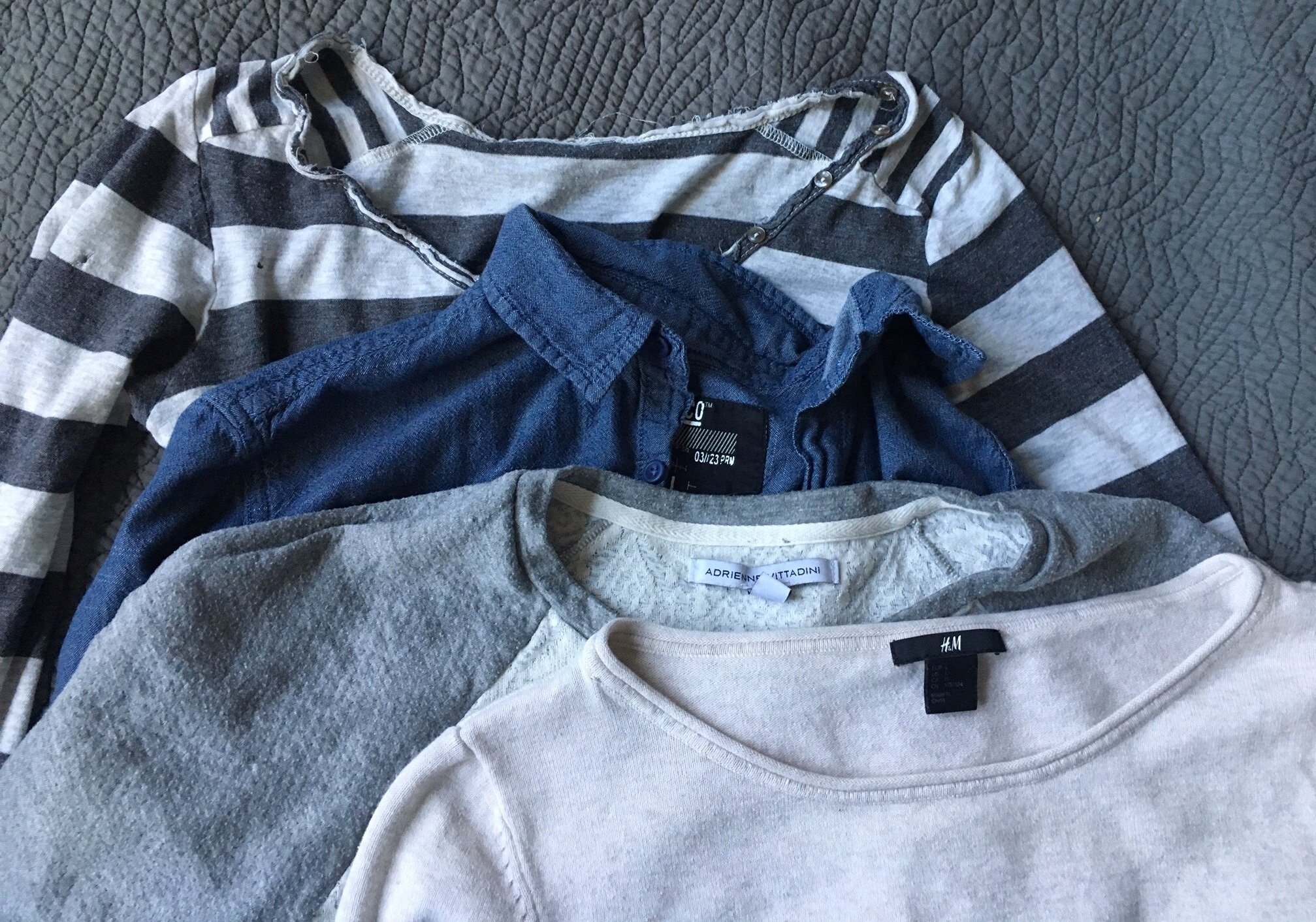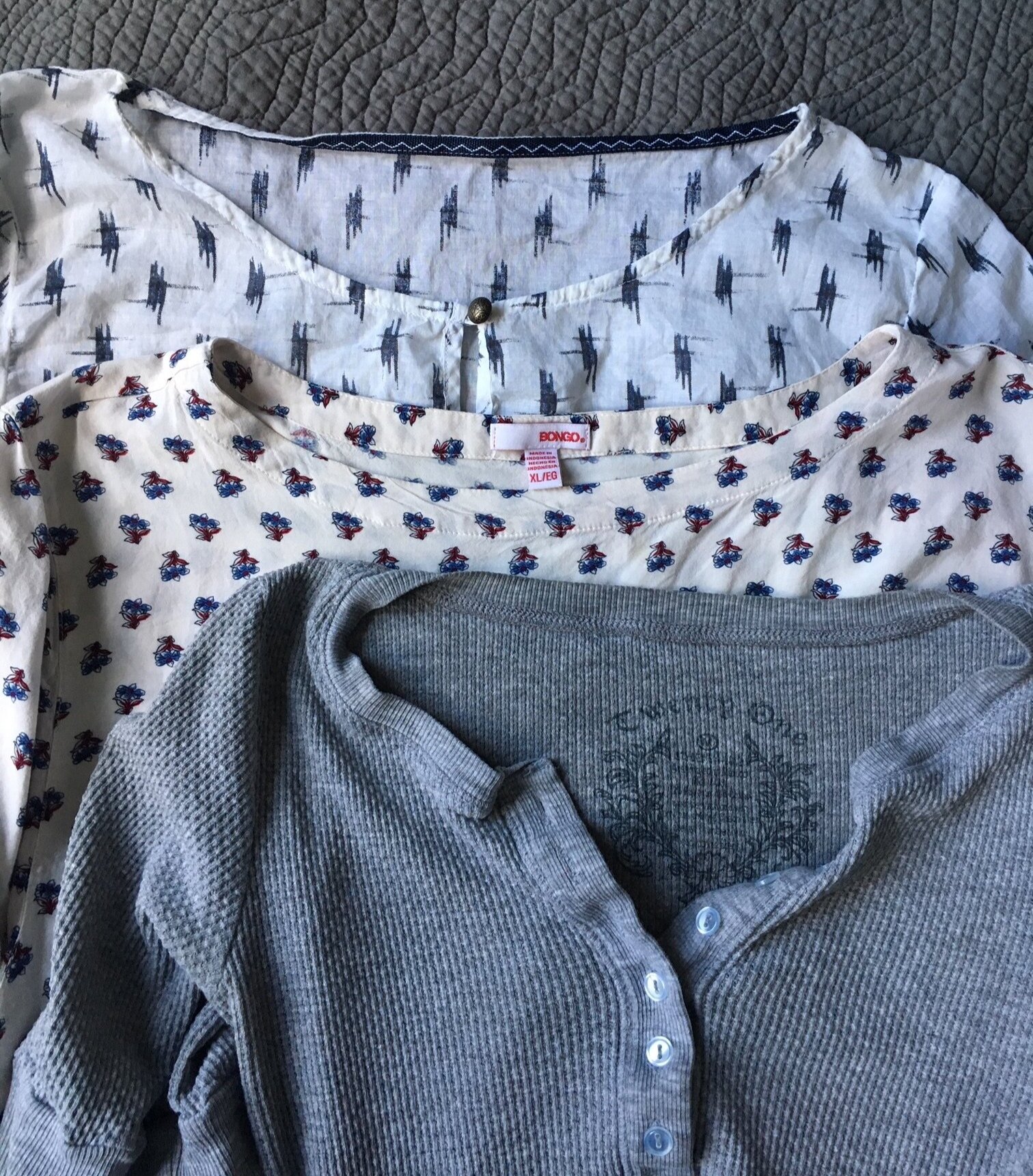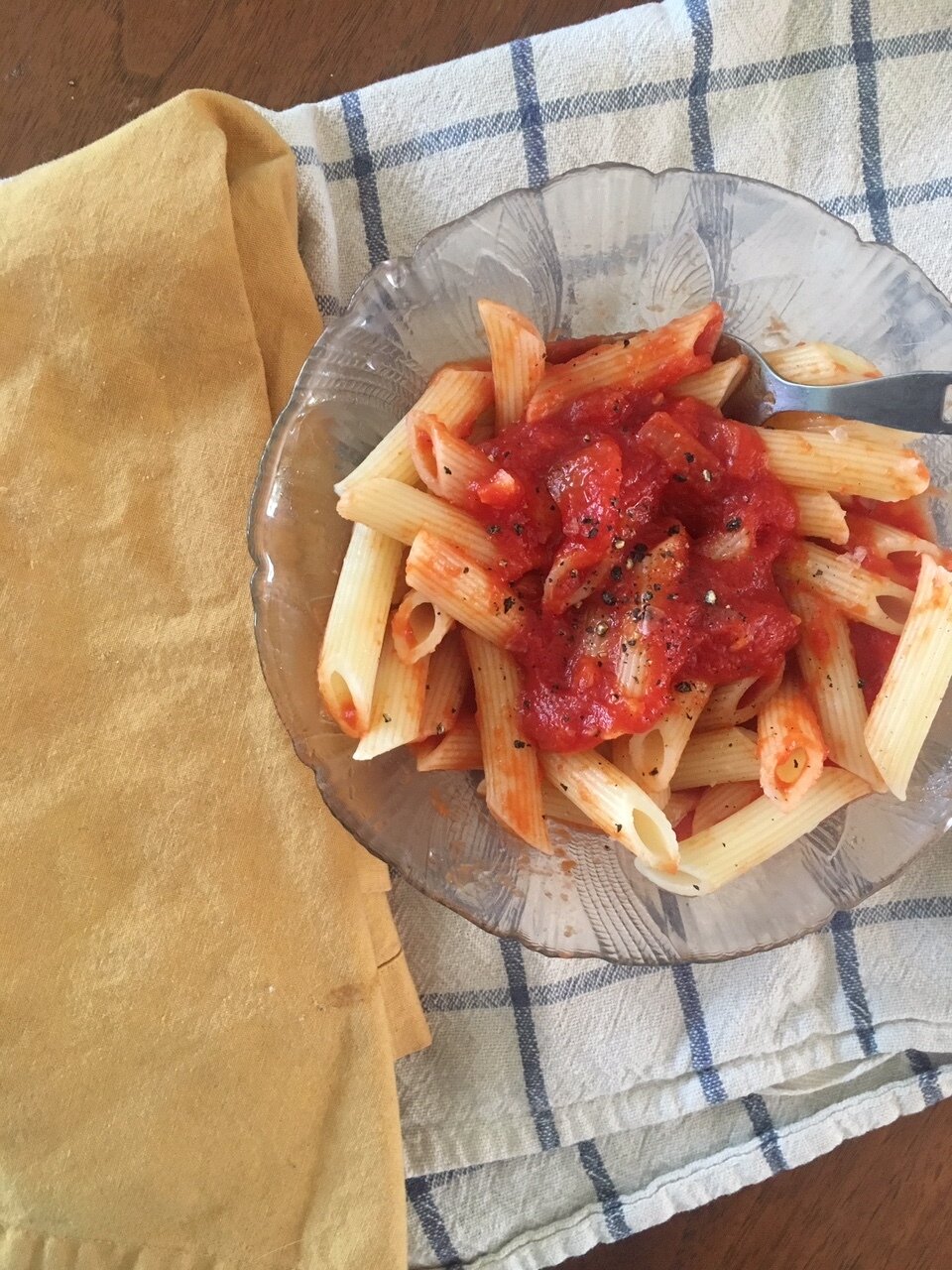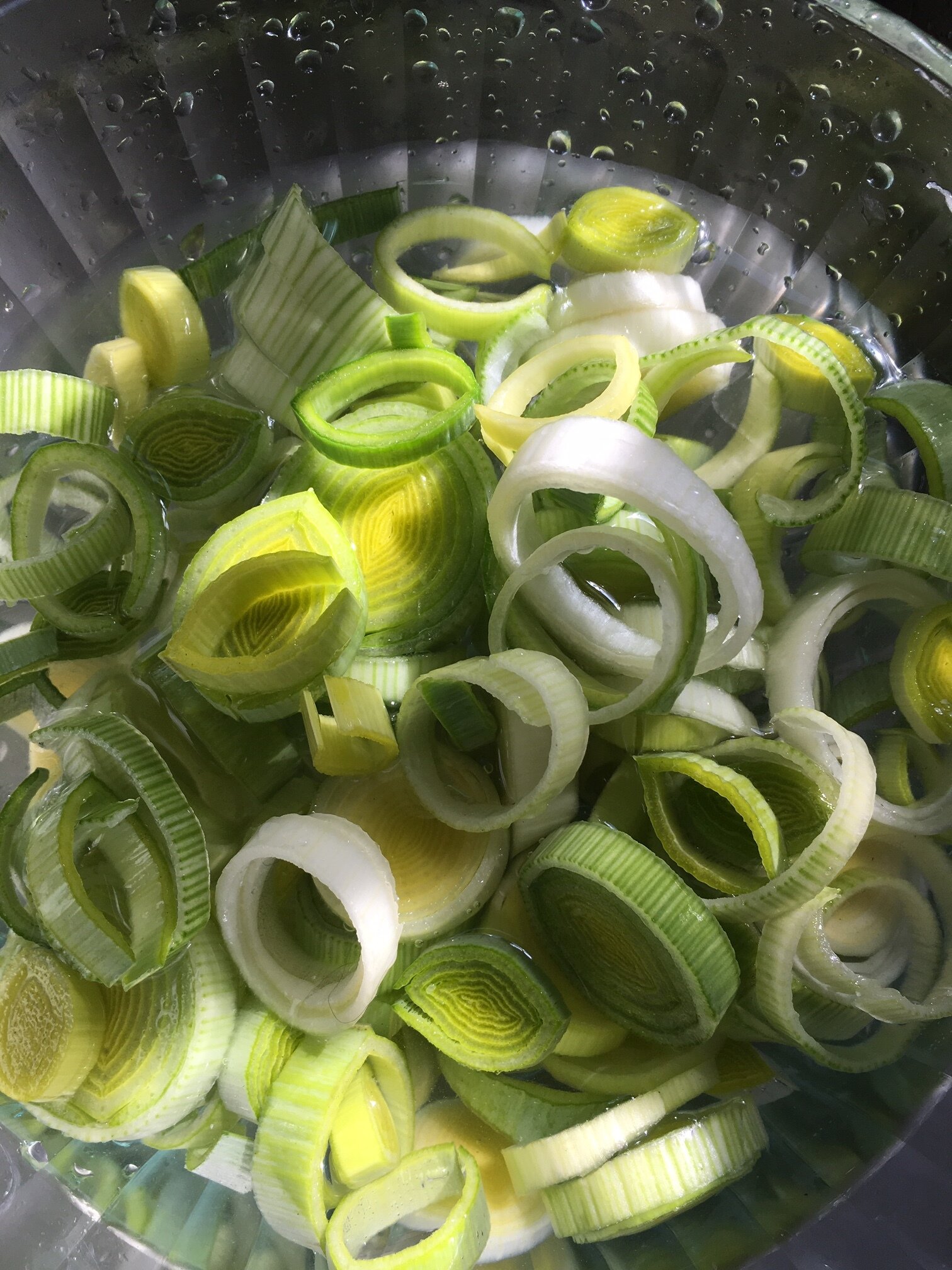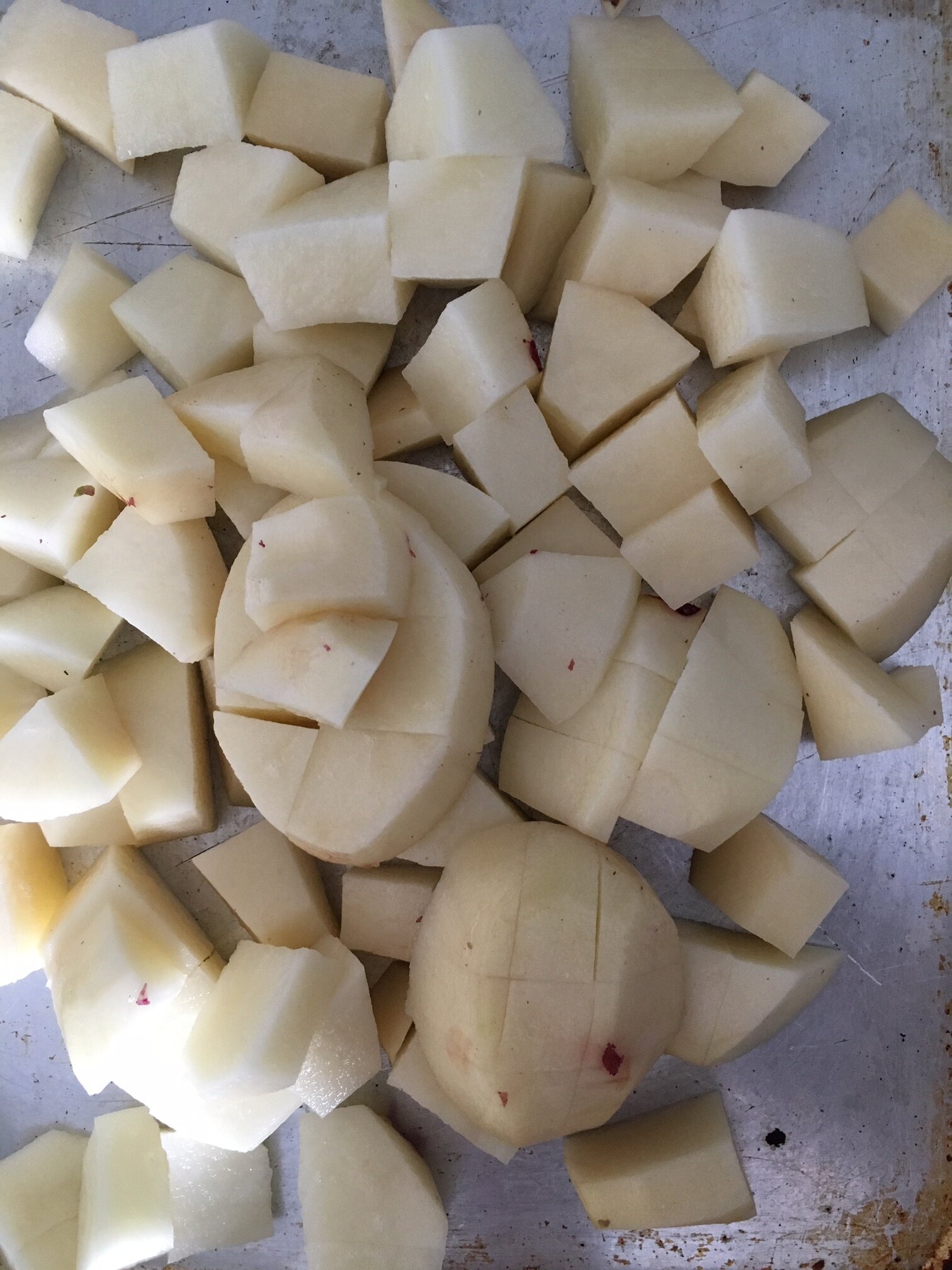I bought a safety razor a few years ago. I don’t shave much.
It took me a while to switch over to a safty razor, even though they make way more sense than disposable razors. I reused all my disposable razors until they could not be reused any more, disposed of them, bought a safty razor, then found more disposables hidden away in a closet or something.
That’s one of the problems with all sorts of disposables that people don’t really talk about. Thier insidious and ubicutious nature. Not only do we not think anything of throwing them out, we think nothing of buying more. How much money have people wasted on buying more razors, when they already had some, more hand cream bc the new one smells nice, and more q tips or hair ties bc do we have enough? I can’t remember, and more shampoo bc why not? Many argue that a sustainable lifestyle is more expensive, but if one takes a longer view we see that that is clearly not the case.
When I did finally start using this razor, back May of 2019, I was really nervous. For some reason, using a razor with a removable blade seemed way more dangerous then a razor where the whole thing is disposable. The first few times I used it, it felt really weird. I went really slow. I gave myself razor burn from going over the same spot slowly several times. I feared shaving my underarms.
A little over a year later, I wonder why anyone would ever use a disposable razor? It’s so easy to use a safty razor! I do all the things I did with a disposable (shave all the spots, dry shave, etc…), but it’ doesn’t create waste! After the adjustment period, I would say a safety razor is just as easy to use as any other I have tried. I haven’t had to change the blade yet, and I expect, as long as I keep it dry, and with my infrequency of shaving, I won’t have to for a while. I use the QShave razor, which was only about $14 at the time. Considering with a little care, this and it’s extra razor blades will last me many years, it’s a steal. I’m sure I will have to buy additional blades at some point, but no time soon. I’m not sure QShave is the best, so I would check out a few and see which you like. I am confident that anyone can make this swap tho.
In conclusion safety razors are great! Very easy to use, affordable, and sustainable. If you don’t have one, make sure to get one!









